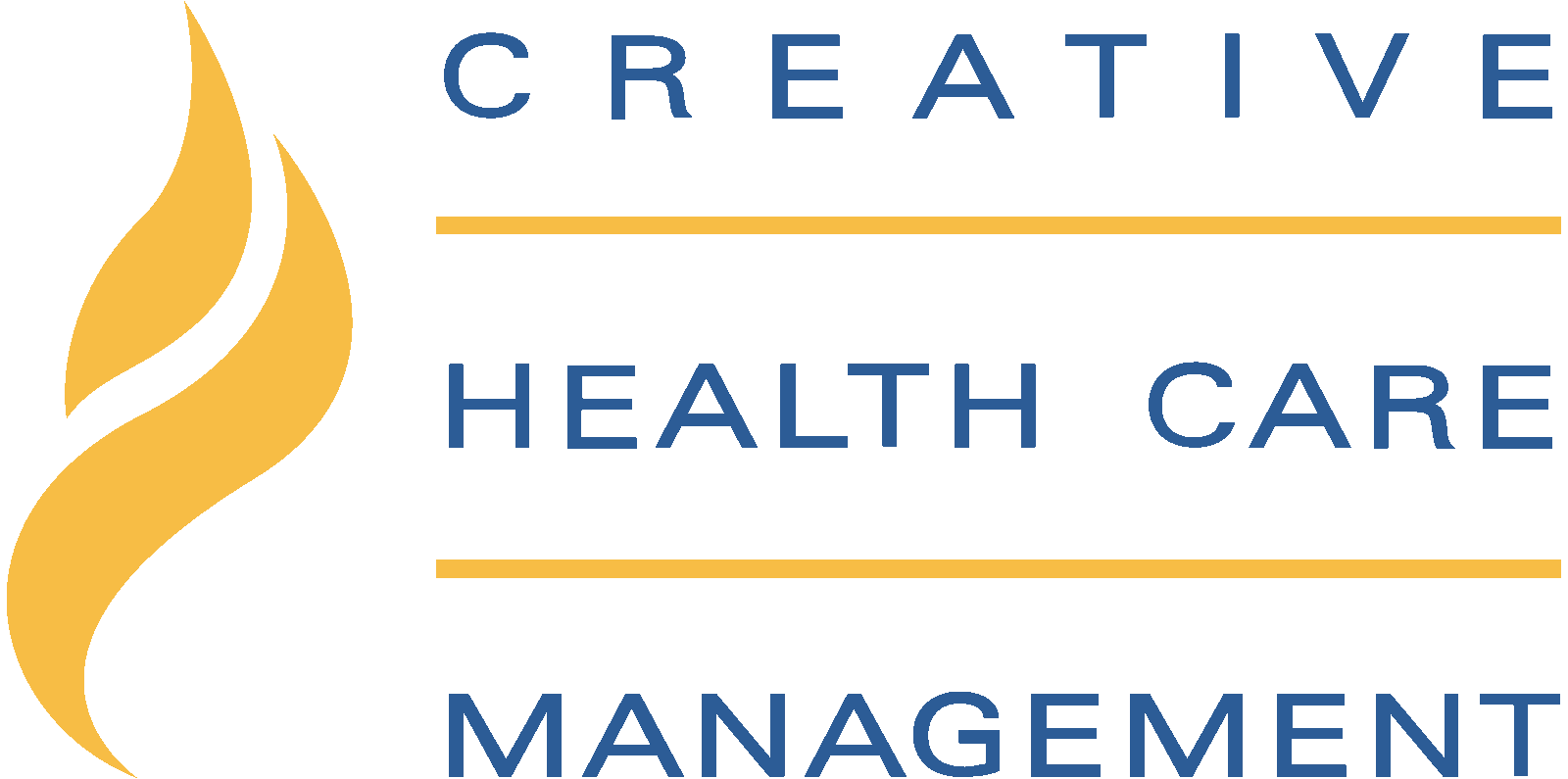Earning Magnet® Recognition isn’t easy, but that’s what makes it meaningful. The Magnet® Recognition process can be long and intense, but with the right strategy and the right partner, it’s absolutely doable. After decades in health care, we’ve learned what works (and what doesn’t). Here are our best tips to help you get there with confidence.
Steps in the Magnet® Recognition Process
1). Hire a Program Director
This journey begins by picking a Magnet® Program Director. Make sure they have key qualities like proven leadership, experience in professional governance, and more.
Within our Magnet® consulting services, we offer program director education and coaching, along with comprehensive journey support. You can begin this process with confidence, knowing you and your director don’t have to tackle it alone.
2). Assess Your Organization
You may already be thinking about applications and documentation, but before you get to that, you need to prepare. Start with a readiness assessment to see where your organization stands. This identifies your strengths and weaknesses and collects baseline data so you can prioritize areas of improvement.
To truly know how far you are from the American Nurses Credentialing Center (ANCC) requirements, it’s best to hire an external, unbiased consultant. We recommend finding someone who has many years of experience working with organizations that have successfully attained Magnet® status.
Here at Creative Health Care Management, we can provide readiness assessments for your organization. We have over 100 years of collective experience helping organizations small and large achieve this designation. And with an almost 100% success rate, you can count on us to provide grounding information to guide your strategy.
3). Make a Plan
Becoming a Magnet® designated hospital starts with a project plan. Once you know your shortcomings, craft a detailed plan and timeline. Include phases like:
- Foundational work
- Application submission
- Document creation and submission
- Document determination
- Site visit
- Final decision
- Redesignation
Be as specific as possible when outlining your plan. Each phase has multiple components, so write out exactly what’s involved in each one so you don’t miss any deadlines. The Magnet® Recognition process requires commitment from the entire organization, so once the plan is created, share it with your staff.
4). Develop a Budget
While you’re planning, don’t overlook the importance of creating a budget. It will depend on the results of your gap analysis and will span across multiple years. Be sure to include the following items:
- Education costs
- Application and appraisal fees
- External consultant fees
- Human resources costs (Magnet® Program Director, administrative assistant, etc.)
- Financial support for the structures needed to succeed—councils, nursing research, professional advancement programs, and beyond
- Document set-up costs
- Marketing costs (before and after)
- Celebration costs when you achieve it
- Costs to maintain your designation
The key to a good budget is realistic numbers. If you’re not sure what to expect, reach out to a Magnet® consultant to get you started.

5). Transform Your Culture
Now it’s time to get your entire staff involved. Educate them about the Magnet® Model and the five key components of success:
- Empirical outcomes
- Transformational leadership
- Structural empowerment
- Exemplary professional practice
- New knowledge, innovation, and improvement
These need to be clearly embraced by your organization through new infrastructure and programs that support professional governance, nursing research, peer review, evidence-based practice, and more. Deeply embed these programs in the workplace and encourage your staff to use them to advance their practice. Also analyze the culture of your organization and how it evolves as a result of these changes.
CHCM provides the following services to help streamline the Magnet® Recognition process and your cultural transformation:
- Professional governance support
- Professional advancement programs
- Care delivery system design
- Peer review and feedback process design
- Data management
We also hold events throughout the year to help you on your journey. We host annual summits on Professional Governance, Magnet® document workshops, and MPD and PPD courses.
6). Submit Application
Your application is submitted 24 months ahead of time and signals intent to submit a document. A 24-month clock starts once the application is received.
7). Gather Documentation
The next step is tracking patient outcomes for Magnet®. As part of the submission process, you need to provide documentation and evidence demonstrating how your organization meets the standards outlined in the Magnet® Application Manual. This includes supporting documents like an organizational chart, your CNO’s resume, a database list, unit-level data, and more. It also includes written documentation that shares details showing your achievements in patient care.
This step of the process is lengthy. You need to be thorough and provide supporting evidence about how your facility and culture aligns with the Magnet® Model. This usually takes 12–18 months. It’s not a one-person job, so it’s best to create a timeline and dedicated team to complete it.
Our CEO, Gen Guanci, shares ten tips for crafting a Magnet® document. Here are some highlights:
- Start early. Your document will take a year or more to complete, so give yourself as much time as you need to plan, write, and review.
- Choose strong evidence. Select proof that clearly supports your story. Ask yourself, “Does this evidence directly demonstrate how this outcome was achieved?”
- Vet examples in advance. Before writing begins, carefully evaluate potential examples. This helps ensure your stories are relevant, effective, and not overused.
- Set the stage first. Before introducing your example, describe the structures and processes within your organization that made the story possible. Establishing context strengthens the impact of your narrative.
- Don’t depend on future data. Try not to rely heavily on examples that require future results. While a few are fine, keep them under 20% of your total.
- Prioritize the document. Limit the amount of non-document responsibilities your Magnet® Program Director has on their plate in the months leading up to submission.
If this looks like a heavy task, reach out to us. We offer document review and feedback help as part of our Magnet® consulting, along with a yearly “Crafting Your Magnet® Document” workshop.
You can also use Magnet® Recognition documentation tools like Creative Health Care Insight (CHCI) to help speed up the process. Would you rather spend hours manually tracking certifications and degrees, or find a software that can do it for you?
CHCI simplifies the process and automates those annoying tasks like data entry, freeing up your time while increasing accuracy and compliance. Creative Health Care Insight for Magnet® applications is a game-changer for so many. See why!
8). Submit Your Document
Your document is done. You’re ready to send it to ANCC. The day is finally here.
Thankfully, the hardest part of the Magnet® Recognition process is behind you. You can submit your document online, including the evidence gathered in the step above. You’ll also pay a submission fee. Visit the ANCC website for a full cost breakdown.
After submission, the Magnet® Program Office and an Appraiser Team reviews your document to determine whether the evidence meets their standards. You will either receive a request for additional documentation or approval to move onto the next phase.

9). Prepare for an On-Site Visit
After you’re granted a site visit, the ANCC will schedule a time to visit your organization for 3–4 days. This could be months after your document submission, so be patient.
The visit is your chance to show them how the five components of the Magnet® Model are integrated into your culture and everyday practices. The length of the visit, number of appraisers, and fee will vary by bed size.
The appraisal team will analyze your facility and observe the work environment, looking for evidence of excellent nursing practices. They will conduct staff interviews, talk to patients and families, tour care units, and evaluate your culture to see how it promotes excellent care. Their focus will be to verify, validate, and clarify what they already read in your submitted document.
It’s essential that you prepare for this site visit. You’ll need to review and set in motion the visit agenda, coordinate schedules and interviews, book conference rooms, organize meals, etc. You’ll also want to educate your staff on key Magnet® concepts so they are top-of-mind when the appraisers come. Lastly, get ready for the interviews by hosting preparation sessions and reviewing the necessary materials.
We offer a Site Visit Preparation package, which includes six days of consulting time. Contact us for more information.
After the site visit is complete, the appraisal team will write a report to send back to the ANCC Commission on Magnet®. From there, they will review the report and determine whether to grant you recognition to be a Magnet® designated hospital.
10). Maintain the Designation
The last step of the Magnet® Recognition process is to maintain it. Every four years, your organization will go through the process again. You will need to provide similar documentation as the original submission and undergo another site visit to keep your Magnet® designation.
During those four years, continue tracking patient outcomes for Magnet® because you’ll need that for your redesignation. This is where CHCI and other Magnet® Recognition documentation tools come in handy.
When you get to this stage, we can help! We offer redesignation vulnerabilities assessments for organizations of all sizes, so you can plan for your future Magnet® journey.
Expert Magnet® Recognition Success Strategies
With 40+ years in business, here are our tips for achieving Magnet® designation successfully.
- Educate yourself and others. You can never know too much! Study the eligibility criteria and other resources from the ANCC, so you have a full understanding of the requirements that hospitals, nurse leaders, and staff must meet.
- Network. Visit other Magnet® organizations similar to yours and talk to people who have gone through the process before. Hearing these stories can help unify and invigorate your team.
- Involve nurses at every step. Clinical nurses are essential during the Magnet® Recognition process, so don’t leave them out. They are especially key during the site visit and interview phase.
- Use the ANCC’s free assessment tool. This online tool helps organizations like you determine whether they meet the Magnet® criteria before applying.
- Get help from consultants. Our last Magnet® Recognition success strategy is to partner with CHCM’s expert consultants. It’s a lot to handle alone, especially on top of your day-to-day duties. But our experts can partner with you for the entire process, from start to finish and anything in between.
Gen is driven by the desire to help clients create organizational excellence through measurable improvement. She thrives on helping others reach meaningful goals, including Magnet® designation.





